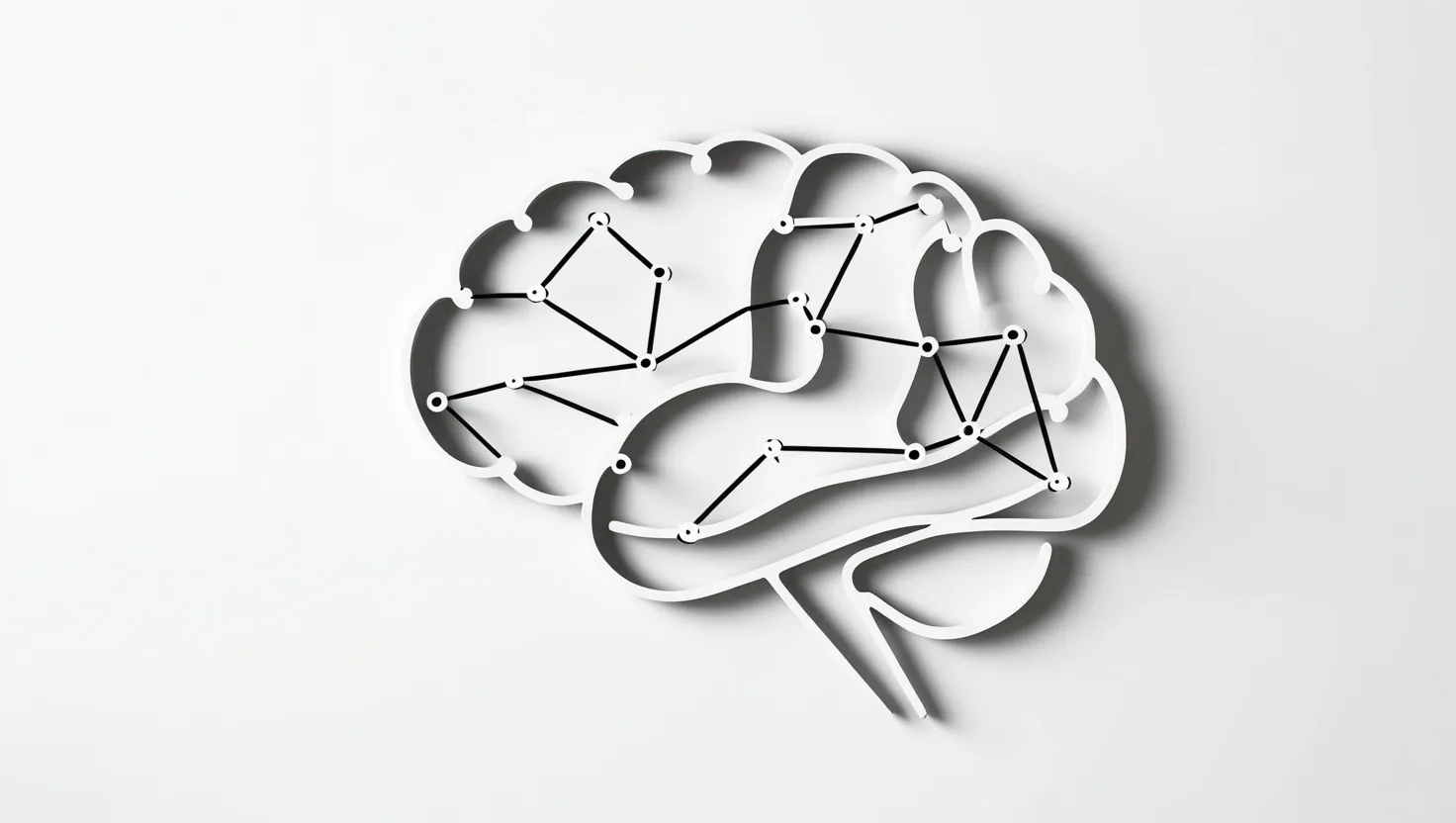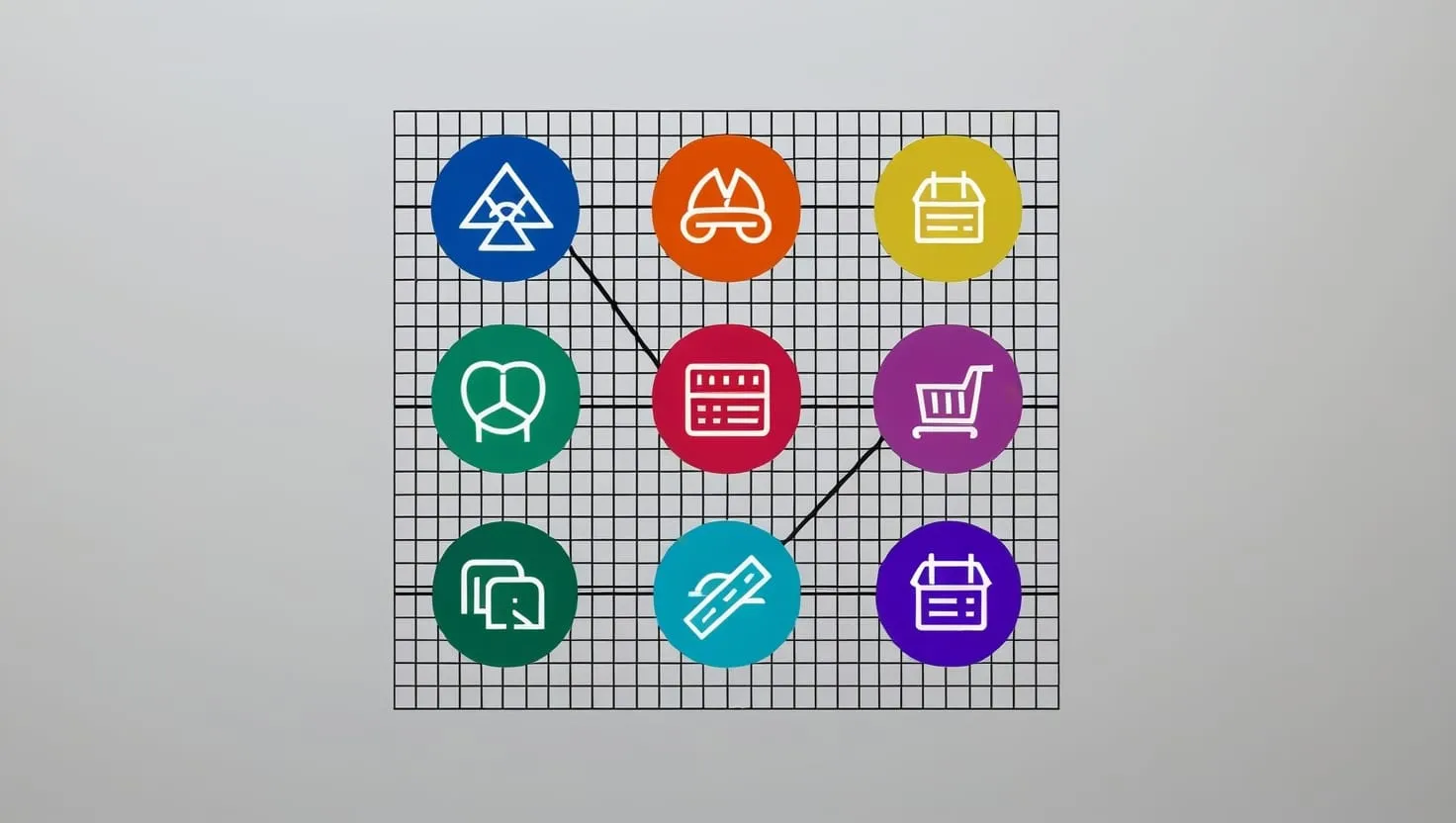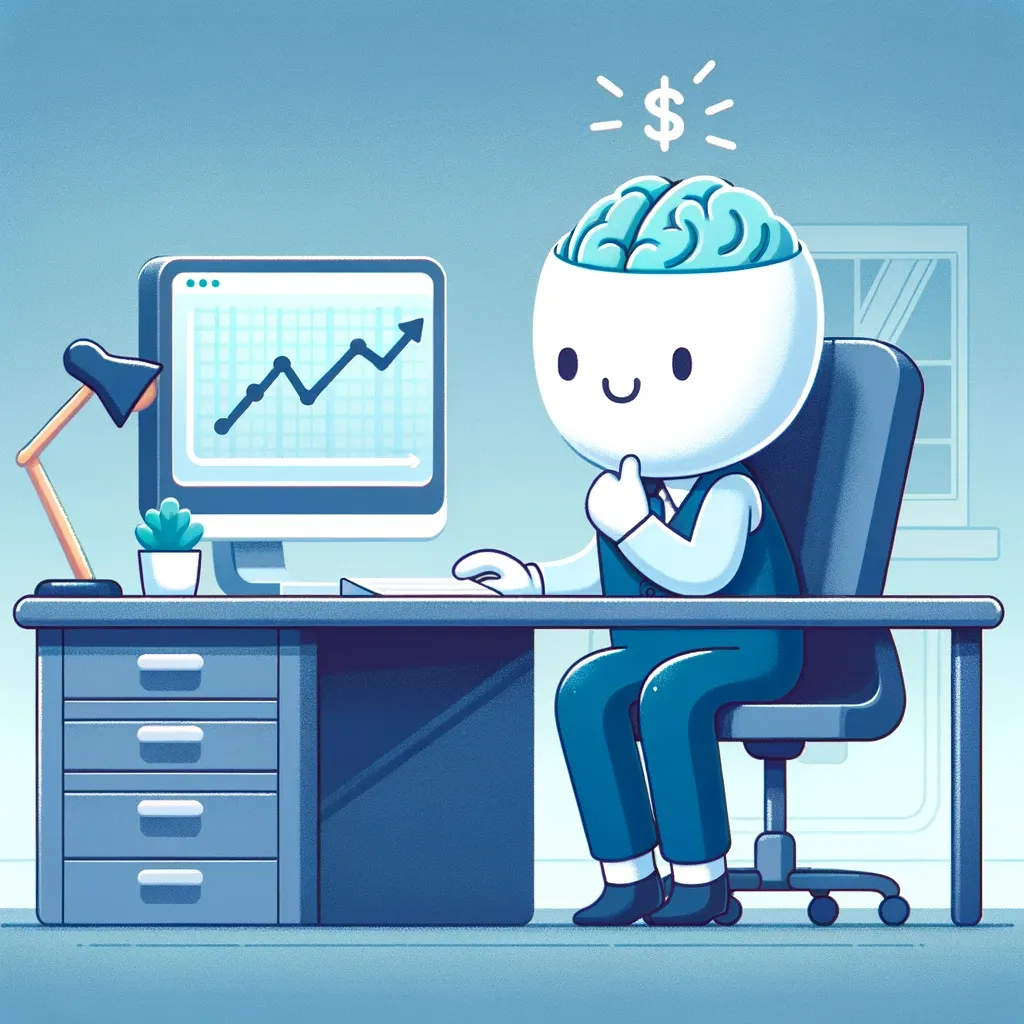Mental models are powerful tools that can reshape our thinking and decision-making processes. In “Super Thinking,” Gabriel Weinberg introduces us to a treasure trove of these cognitive frameworks. Let’s explore five of the most impactful models from the book, each offering a unique lens through which we can view the world and our challenges.
The Circle of Competence is a concept that encourages us to focus on areas where we truly excel. It’s about recognizing our strengths and limitations, then leveraging that self-awareness to make better decisions. Warren Buffett, who popularized this idea, once said, “Know your circle of competence, and stick within it. The size of that circle is not very important; knowing its boundaries, however, is vital.” This model reminds us that it’s okay not to be an expert in everything. Instead, we should concentrate our efforts where our knowledge and skills can yield the best results.
Have you ever considered how your circle of competence impacts your daily decisions? It’s not just about what you know, but also about acknowledging what you don’t know. This self-awareness can be liberating, allowing you to confidently tackle problems within your expertise while seeking help or additional learning for areas outside it.
Moving on to First Principles thinking, we find a method that strips problems down to their most basic elements. This approach, favored by innovators like Elon Musk, involves breaking complex issues into fundamental truths and then reasoning up from there. It’s about questioning assumptions and getting to the core of a matter. Musk explains it beautifully: “I think it’s important to reason from first principles rather than by analogy. The normal way we conduct our lives is we reason by analogy… With first principles, you boil things down to the most fundamental truths… and then reason up from there.”
Imagine applying this to a challenge you’re facing right now. What are the immutable facts at the heart of the issue? By stripping away assumptions and focusing on these core truths, you might discover innovative solutions that were previously obscured by conventional thinking.
Inversion, our third model, flips problem-solving on its head. Instead of asking how to succeed, we ask how to fail. This counterintuitive approach can reveal blind spots and potential pitfalls that might otherwise go unnoticed. Charlie Munger, Warren Buffett’s long-time business partner, is a strong advocate for this method. He once quipped, “All I want to know is where I’m going to die, so I’ll never go there.” By considering what could go wrong, we can often find more robust solutions and strategies.
When was the last time you deliberately thought about how a project or decision could fail? It might feel pessimistic at first, but this approach can lead to more comprehensive planning and risk mitigation. Try it with your next big decision – list all the ways it could go wrong, then work backwards to prevent those outcomes.
Opportunity Cost is a concept that reminds us that every choice we make comes at the expense of alternatives. It’s not just about what we gain, but what we give up in the process. This model encourages us to consider the value of our next best option when making decisions. As economist Thomas Sowell put it, “There are no solutions. There are only trade-offs.”
Think about a recent decision you made. Did you consciously consider what you were giving up by choosing that option? Often, we focus solely on the benefits of our choices without fully appreciating what we’re sacrificing. By keeping opportunity costs in mind, we can make more balanced and informed decisions.
Lastly, Second-Order Thinking pushes us to look beyond immediate consequences and consider the long-term, cascading effects of our actions. It’s about playing chess, not checkers – anticipating not just the next move, but several moves ahead. Howard Marks, co-founder of Oaktree Capital Management, emphasizes its importance: “First-level thinking is simplistic and superficial, and just about everyone can do it. Second-level thinking is deep, complex and convoluted.”
Can you recall a time when a decision you made had unexpected long-term consequences? Second-order thinking challenges us to anticipate these ripple effects, leading to more strategic and far-sighted decision-making.
These five mental models – Circle of Competence, First Principles, Inversion, Opportunity Cost, and Second-Order Thinking – form a powerful toolkit for enhancing our cognitive abilities. They’re not just abstract concepts, but practical frameworks that can be applied to both personal and professional challenges.
To put these models into practice, start by identifying your areas of expertise and focusing your efforts there. When faced with complex problems, break them down to their fundamental truths. Before embarking on new projects, list potential failures and plan to avoid them. When making decisions, carefully evaluate what you’re giving up. And always consider the long-term implications of your choices.
“The test of a first-rate intelligence is the ability to hold two opposed ideas in mind at the same time and still retain the ability to function,” said F. Scott Fitzgerald. These mental models allow us to do just that – to view problems from multiple angles, to challenge our assumptions, and to think more deeply about the consequences of our actions.
As you incorporate these models into your thinking, you’ll likely find that your decision-making becomes more nuanced and effective. You’ll start to see patterns and connections that weren’t apparent before. You’ll become more adept at navigating complex situations and finding innovative solutions to challenging problems.
But remember, these models are tools, not rules. They’re meant to enhance your thinking, not replace it. The key is to use them flexibly, applying different models as the situation demands. Sometimes, you might use several in combination to gain a more comprehensive understanding of a problem.
How might your life change if you consistently applied these mental models? What decisions might you make differently? What new opportunities might you uncover?
As you explore these powerful cognitive tools, keep in mind that mastery comes with practice. Start small, applying one model at a time to everyday decisions. As you become more comfortable, you can begin to use them in more complex situations.
The beauty of these mental models is that they’re universally applicable. Whether you’re a business leader making strategic decisions, an artist seeking new creative directions, or simply someone trying to navigate life’s challenges more effectively, these frameworks can provide valuable insights and perspectives.
In a world of increasing complexity and rapid change, the ability to think clearly and make sound decisions is more valuable than ever. By incorporating these mental models into your cognitive toolkit, you’re equipping yourself to face the challenges of today and tomorrow with greater confidence and clarity.
So, are you ready to elevate your thinking? To see the world through new lenses and approach problems with fresh perspectives? The journey to super thinking begins with a single step – the decision to embrace these powerful mental models and make them a part of your everyday thought processes.






